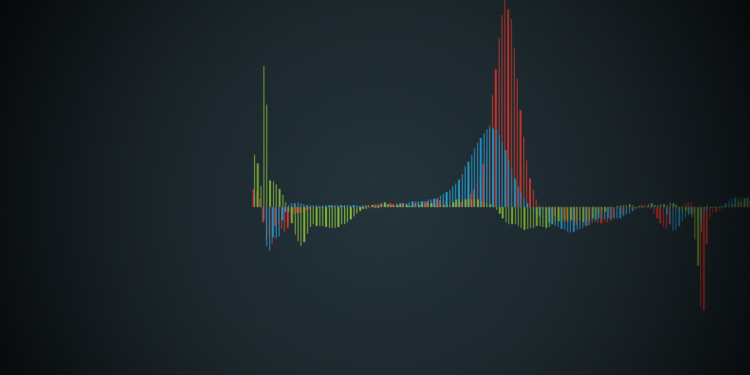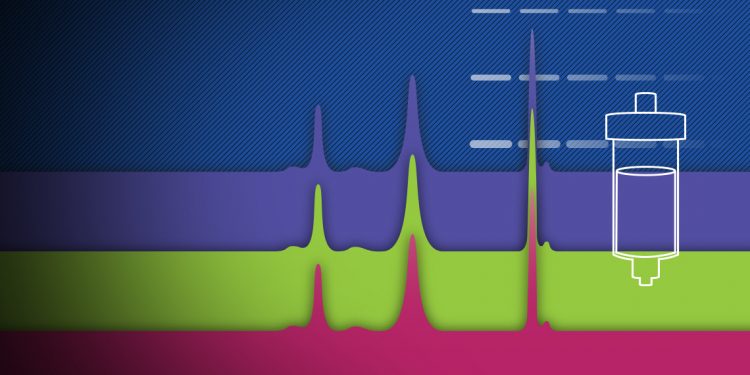
Modern Improvements to Classic Technologies: Innovating Electrophoresis and Chromatography Upstream of Protein Characterization to Speed Up Research

From Optimization to Automation: Multidimensional (Multi-D) Histidine-Tag Protein Purification
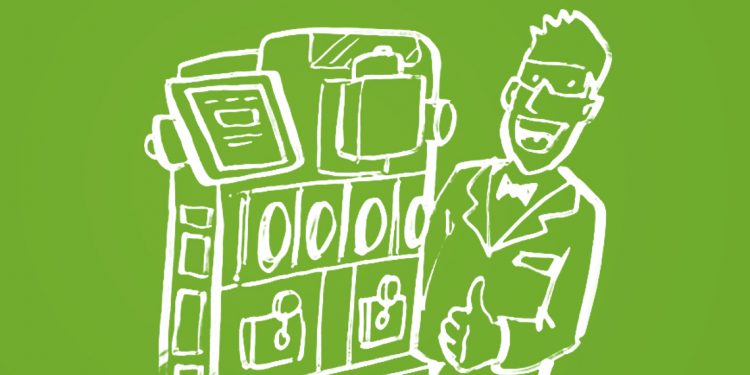
Coupling Automated Chromatography with Faster Confirmation of Purity and Yield
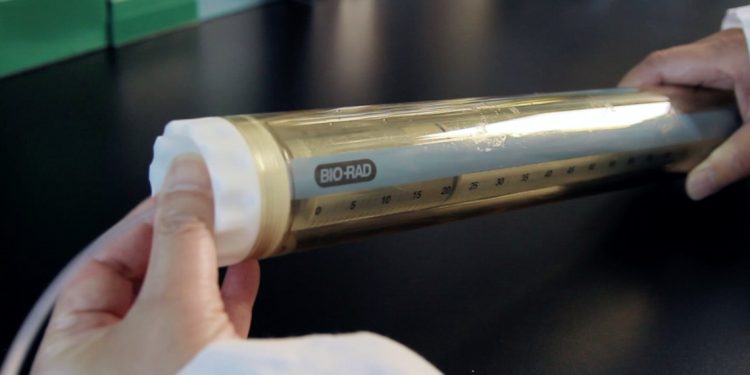
Attaching a Dynaloop to the NGC™ Chromatography System
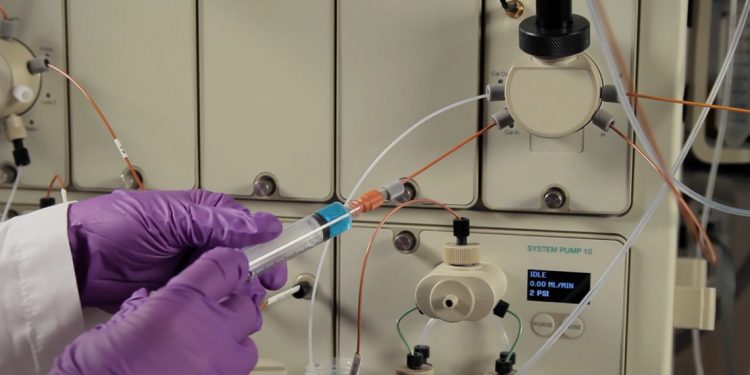
Calibrating the pH Valve on the NGC™ Chromatography System

Tips and Strategies for Successful Purification of Your Proteins
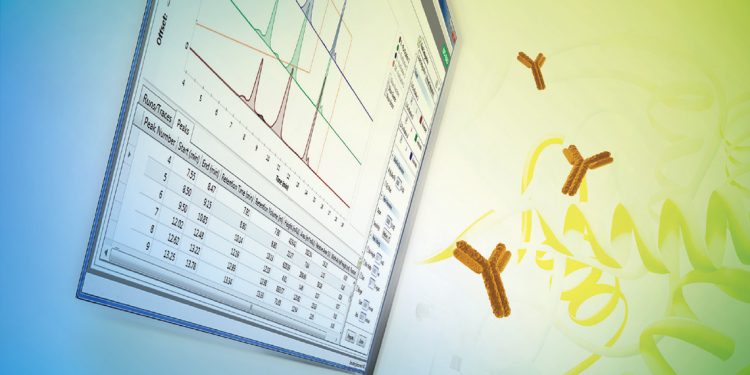
Synthesis and Purification of Recombinant Proteins — A Success Story
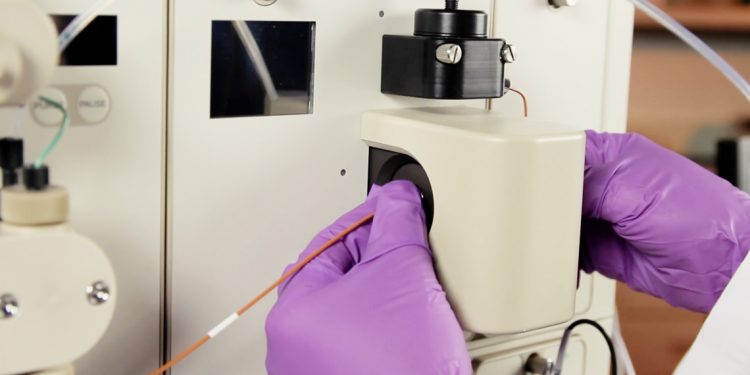
Removing Air Bubbles from the NGC™ Chromatography System
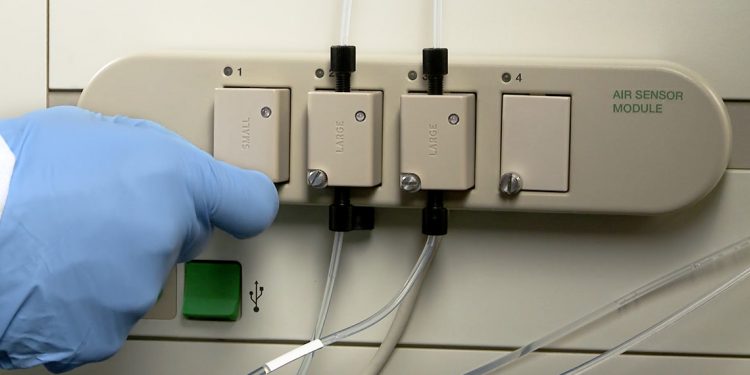
Using the Air Sensor on the NGC™ Chromatography System
